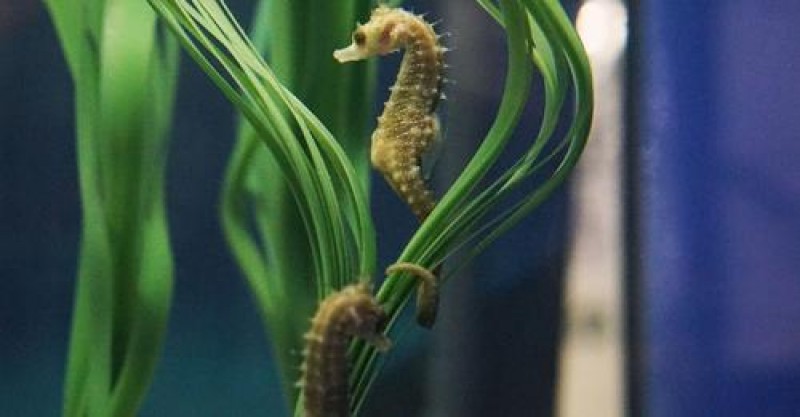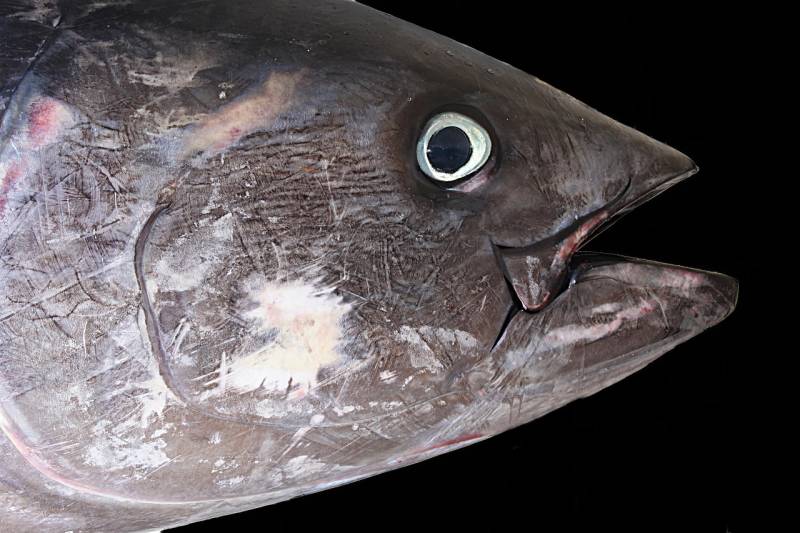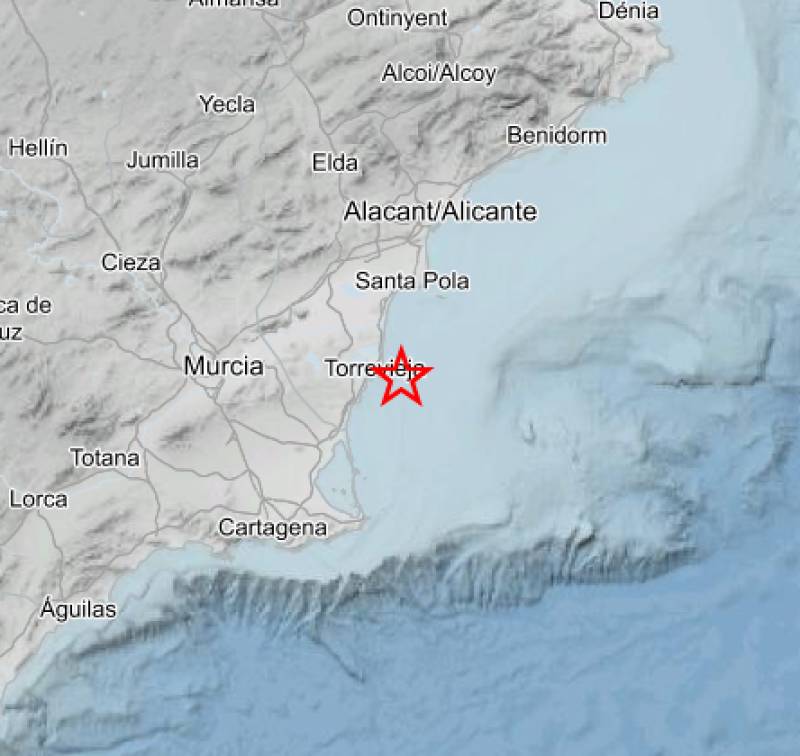- Region
- Vega baja
- Marina Alta
- Marina Baixa
- Alicante
- Baix Vinalopo
- Alto & Mitja Vinalopo
-
ALL TOWNS
- ALICANTE TOWNS
- Albatera
- Alfaz Del Pi
- Alicante City
- Alcoy
- Almoradi
- Benitatxell
- Bigastro
- Benferri
- Benidorm
- Calosa de Segura
- Calpe
- Catral
- Costa Blanca
- Cox
- Daya Vieja
- Denia
- Elche
- Elda
- Granja de Rocamora
- Guardamar del Segura
- Jacarilla
- Los Montesinos
- Orihuela
- Pedreguer
- Pilar de Horadada
- Playa Flamenca
- Quesada
- Rafal
- Redovan
- Rojales
- San Isidro
- Torrevieja
- Comunidad Valenciana
article_detail
Date Published: 05/10/2021
ARCHIVED - Oceanografic Valencia successfully breeds rare seahorse for the first time
30 newborn long-snouted seahorses are currently in quarantine at the marine centre on the Costa Blanca

The world-famous Oceanogràfic de València aquarium is celebrating after managing to reproduce, for the first time, 30 long-snouted seashorses, a species present on the European coasts and included in the Spanish Catalogue of Threatened Species.
As such, breeding of the seahorses (Hippocampus guttulatus) is carried out in a controlled environment, and after numerous attempts, the birth of dozens of offspring is considered “a complete success for conservation”, according to the centre.
“The complexity of developing this seahorse in an aquarium lies in the difficulty of mating and, above all, in the survival of the newborns. The animals need special requirements in terms of temperature and modification of water parameters, feeding and type of aquarium,” said the Oceanogràfic in a statement.
And the “milestone” has been attributed to the experience and previous knowledge of the specialised fish team at the Valencian centre in breeding other species of seahorse, such as the Hippocampus abdominalis and the Hippocampus reidi.
The baby seahorses, called a brood pouch, were born from two specimens loaned to the Oceanogràfic by the Institute of Marine Research (CSIC) in Vigo as part of the ‘Hippocampus (seahorse) Project’, a pioneering research study focusing on the breeding and recovery of the natural populations of the long-snouted seahorse and the common seahorse (Hippocampus hippocampus) on the Spanish coast.
It’s hoped that the reproduction of the species will make it possible, in the future, to recover and repopulate them in the Mediterranean, where two currently live: the Hippocampus guttulattus and the Hippocampus hippocampus.
For the moment, the 30 newborns are in the Oceanogràfic’s quarantine area, where they will remain until their weight and size has increased adequately, and they can be transferred to one of the aquariums for public viewing.
Image: Oceanogràfic de València/YouTube
Contact Murcia Today: Editorial 000 000 000 /
Office 000 000 000



























